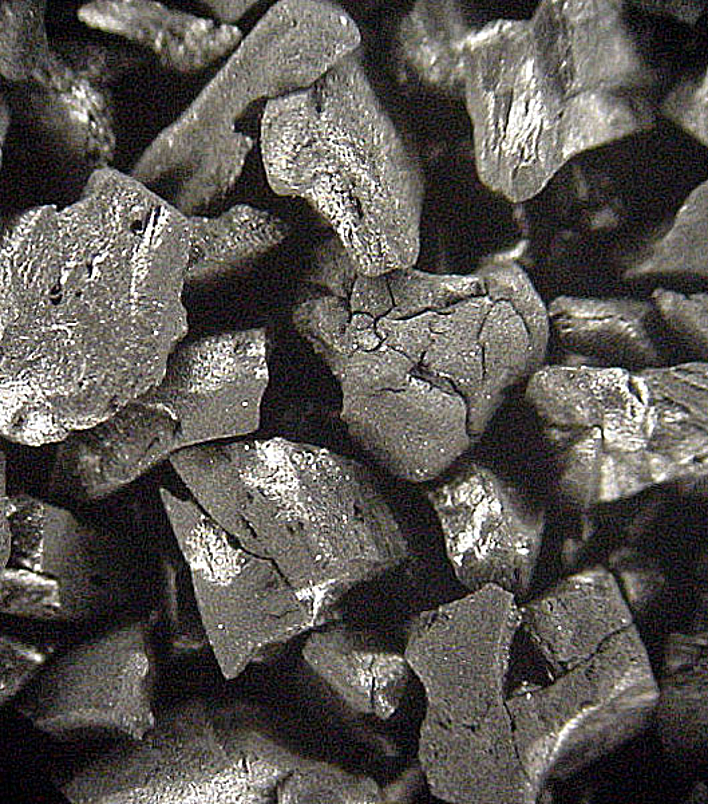Activated carbon for water treatment
The primary use of activated carbon in water treatment is the removal of organic and specific inorganic substances from water by adsorption. Activated carbon filters are not suitable for separating solids or particles. Therefore, an upstream filtration or sedimentation stage is required for raw water of the specified quality.
What is activated carbon?
Activated carbon is a porous, carbon-containing material with a very large internal surface area, which gives it a high adsorption capacity. It is mainly produced from hard coal, lignite, and coconut shells. Chemical or thermal activation creates a highly branched pore system, which gives activated carbon its typical properties.
Adsorption describes the accumulation of dissolved or gaseous substances on the surface of a solid—in the case of activated carbon, mainly on the huge internal surface within the pores.
In addition to granulated activated carbon (GAC), powdered activated carbon (PAC) is also used.
Use of Activated Carbon
Due to thermal activation, activated carbon has a basic-reacting surface, which can cause a temporary increase in pH when first wetted with soft water.
The adsorption capacity of activated carbon is limited and depends on both the type of carbon used and the nature of the substances to be removed. The internal surface area adsorbs dissolved chemical compounds until an equilibrium state is reached. During continuous operation, this adsorption front gradually shifts in the direction of flow, meaning the filter becomes saturated from top to bottom.
Activated carbon also acts as a reducing agent, particularly for ozone and chlorine, which leads to material degradation over time. As a result, chemical disinfection of activated carbon filters is not possible. Activated carbon filters have a tendency to become contaminated with bacteria, which makes it advisable to disinfect the filtrate using UV radiation, for example.
Operation of activated carbon filters
When new material is added, the dust must be removed by backwashing. This also classifies the filter material. Regular backwashing of activated carbon filters in adsorption applications is not permitted, as this displaces material that is already loaded and can lead to desorption processes. Instead, exhausted activated carbon must be completely replaced with fresh or regenerated material. In order to carry out this material exchange hygienically, appropriate devices such as suction and flush connections with associated piping must be provided.
As soon as the equilibrium state has been reached throughout the entire filter bed, a so-called breakthrough occurs. This breakthrough does not occur spontaneously, but becomes noticeable slowly. Regular checks of the filtrate allow the end of the adsorption capacity to be determined at an early stage. Several sampling points arranged in the direction of filtration are also helpful.
Since not all substances are equally adsorbable, it is often advisable to carry out filtration tests with different types of carbon in order to determine the most suitable activated carbon for the respective application.
Areas of application
Filtration using activated carbon is primarily used to remove:
- surplus chlorine and ozone
- odors and tastes
- color
- taste
- halogenated hydrocarbons
- pesticides (PBSM)
- chemical substances such as PFAS/PFOS
- etc.
Activated carbon can also be used as a carrier for ozone biofiltration. Dissolved salts or heavy metals cannot be removed by activated carbon. This also applies to microbial contamination. Activated carbon filters are also increasingly being used in wastewater treatment as a final purification stage for removing trace substances.
For drinking water treatment, we only use tested and certified activated carbons in accordance with the relevant standards.
In addition to application consulting, planning, and construction of new systems, our range of services also includes the replacement of used carbon and its professional installation.
Please contact us for more information.



